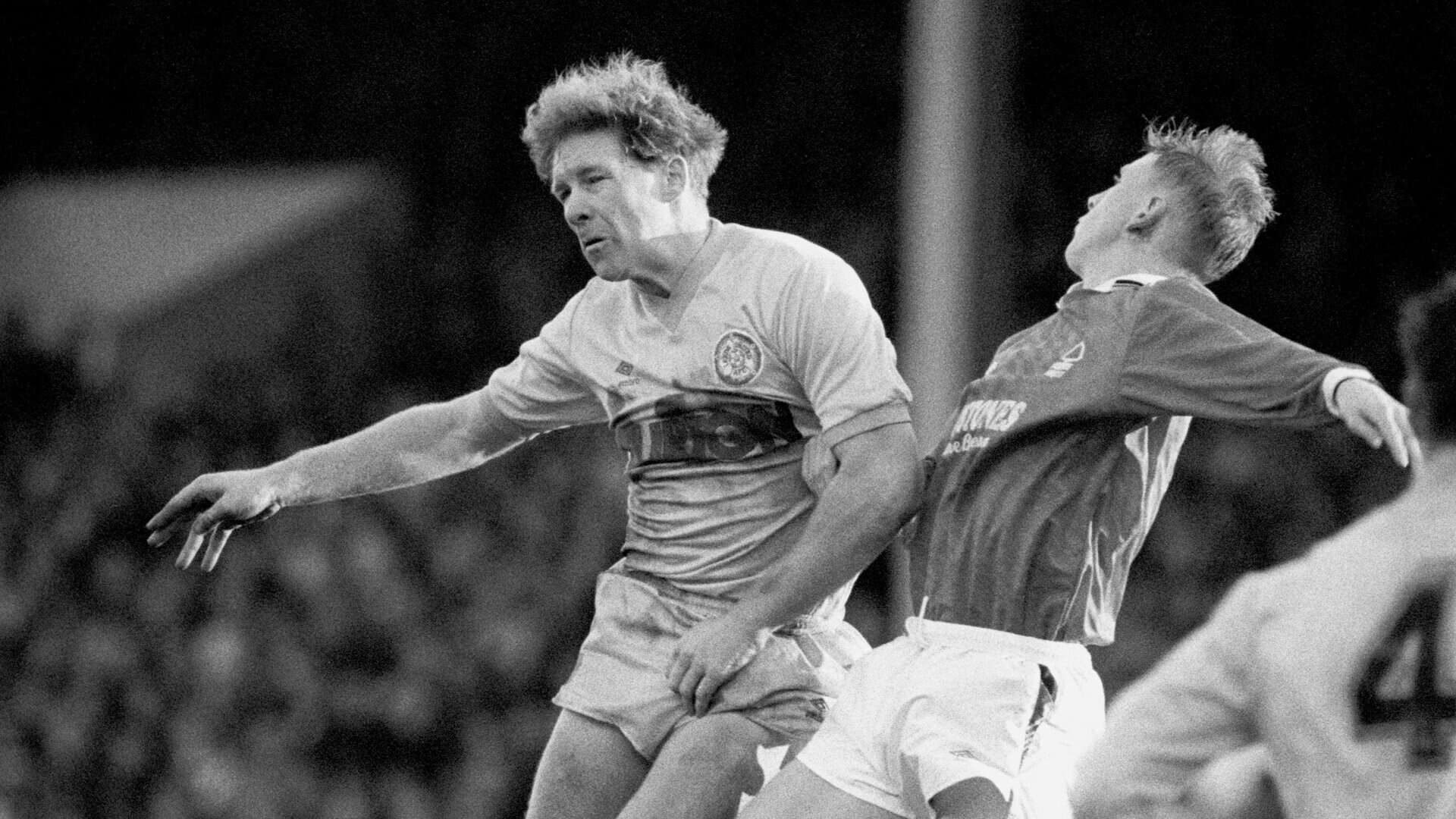Bairdy’s gonna get ya! — Square Ball 27/3/25
Old School
Written by: Anthony Crewdson
At the beginning of the 1980s, Leeds was a city in a state
of flux. The decline in traditional heavy industries contributed to high
unemployment and economic stagnation, leading to a widespread post-industrial
malaise.
At the same time, the fortunes of Leeds United were on wane.
The club slipped apologetically out of the old First Division after eighteen
seasons at the end of 1981/82 — a pale shadow of the team that had dominated
English football less than a decade earlier. Don Revie’s team might have
epitomised the Dirty Leeds tag, but under Allan Clarke they barely laid a glove
on their opponents. The final game of the season at the Hawthorns was marked by
crowd trouble as Leeds fans sought to get the game against West Brom abandoned.
The only resistance seemed to be confined to the terraces, symptomatic of a
dark period in Leeds’ history.
Eddie Gray took over an unbalanced and somewhat ageing
squad. The team he inherited lacked firepower and had been too reliant on a
core of experienced wingers in Gray himself, Carl Harris and Arthur Graham —
not to mention Peter Barnes, a dud of a marquee signing from West Brom. But
without an established target man the team depended too heavily on a diminutive
front line comprising fledging forwards Terry Connor and Aidan Butterworth.
They lacked a focal point, not to mention some flair, save
for the pizazz provided by the mercurial figure of Frank Worthington, which had
all been in vain. Where Leeds could once rely on a ballast of a forward in Joe
Jordan or Ray Hankin, recent seasons had borne witness to a series of anaemic
displays in front of goal. Hankin had been the last forward to score twenty
goals in a season and that was in 1977/78. The trend was not about to be
reversed in the Second Division.
It was a major hole in the team between 1982 and 85, and had
been for some time. Eddie Gray turned to Ian Baird, signed from Southampton for
£50,000 in March 1985. He arrived without much of a fanfare but quickly made an
impression. A robust forward capable of leading the line, Baird opened his
account in a 2-1 win at Maine Road in April. Following the victory at Man City,
the team lost just once in the remaining six games of the season, with Baird
hitting the net a further five times. He was old school. He looked the part and
liked to leave his mark on his opponents. He appealed to the dressers occupying
the South Stand and they related to him. Baird symbolised what Leeds had once
stood for, a throwback in the mould of Joe Jordan, and he re-energised a dwindling
fanbase.
Gray’s tenure ended in October of that year, but Baird
became Bremner’s player and epitomised a new-look Leeds. Where Gray had been
all about aesthetics, Bremner sought a pragmatic approach. The contrast was
jarring and not always easy on the eye. Baird was the fulcrum of the attack,
scoring twelve league goals, and followed this up with fifteen goals during the
86/87 season. Bremner made him captain and he was central to all that his team
stood for: physical, edgy, and combative.
But the season ended in heartache as Leeds lost the FA Cup
semi-final to Coventry and play-off final to Charlton. With his contract up,
Baird returned to the south coast and joined newly promoted Division One club
Portsmouth. Leeds received £285,000, but it was an ill-fated move and Baird
returned to Elland Road in March 1988. He picked up the Player of the Year
award in 1988/89 but struggled the following season, scoring just five times.
Howard Wilkinson signed Lee Chapman in January 1990 and Baird was unwilling to
stay and fight for his place. He soon left to join Middlesbrough.
Forty years might have passed since Baird joined Leeds, but
he remains a cult figure among fans of that period. “Leeds are certainly the
club that most people remember me from,” Baird said in an interview in 2017. “I
had very, very good times there, very fond memories — I suppose Leeds are my
spiritual club.”
